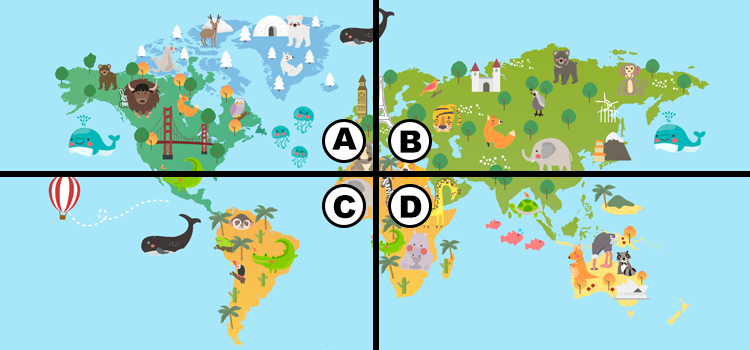


If you see a duck in the duck-rabbit image, you are seeing the image as a duck. If you see a table, you see that it is a table. Nevertheless someone else could have said of me: “He is seeing the figure as a picture-rabbit.” I should not have answered the question “What do you see here?” by saying: “Now I am seeing it as a picture-rabbit.” I should simply have described my perception: just as if I had said “I see a red circle over there.”. That is to say, if asked “What’s that?” or “What do you see here?” I should have replied: “A picture-rabbit.” If I had further been asked what that was, I should have explained by pointing to all sorts of pictures of rabbits, should perhaps have pointed to real rabbits, talked about their habits, or given an imitation of them. I may, then, have seen the duck-rabbit simply as a picture-rabbit from the first. His short, dense discussion distinguishes between “seeing that” and “seeing as.” In his words: Wittgenstein used the duck-rabbit figure to make a point about perception. If you can easily see it as one and then the other, congratulations. You might try simultaneously to see the image as both a duck and a rabbit, but that is not possible. Again, as if by magic, the rabbit’s mouth becomes the back of the duck’s head, and vice versa. As if by magic, the rabbit’s ears become a duck’s beak, and vice versa. You might see it as one and then as the other, perhaps with some effort. Is it a duck, or is it a rabbit? Many people see it as a duck many others see it as a rabbit. Have a look, if you would, at the following image: Various approaches are possible to determine whether we have a duck or a rabbit most of them do not turn on the text at all. But reasonable people might well see a rabbit. Their perception is automatic, even though it might have been primed, or a product of preconceptions. They genuinely see a duck they insist that a duck is the only thing that reasonable people can see. Some textualists fall victim to something like the duck-rabbit illusion. But sometimes texts have no such thing, in the sense that they are reasonably susceptible to two or more interpretations. Textualists insist that judges should follow the ordinary meaning of a legal text, and sometimes texts do have an ordinary meaning that judges can follow.


 0 kommentar(er)
0 kommentar(er)
